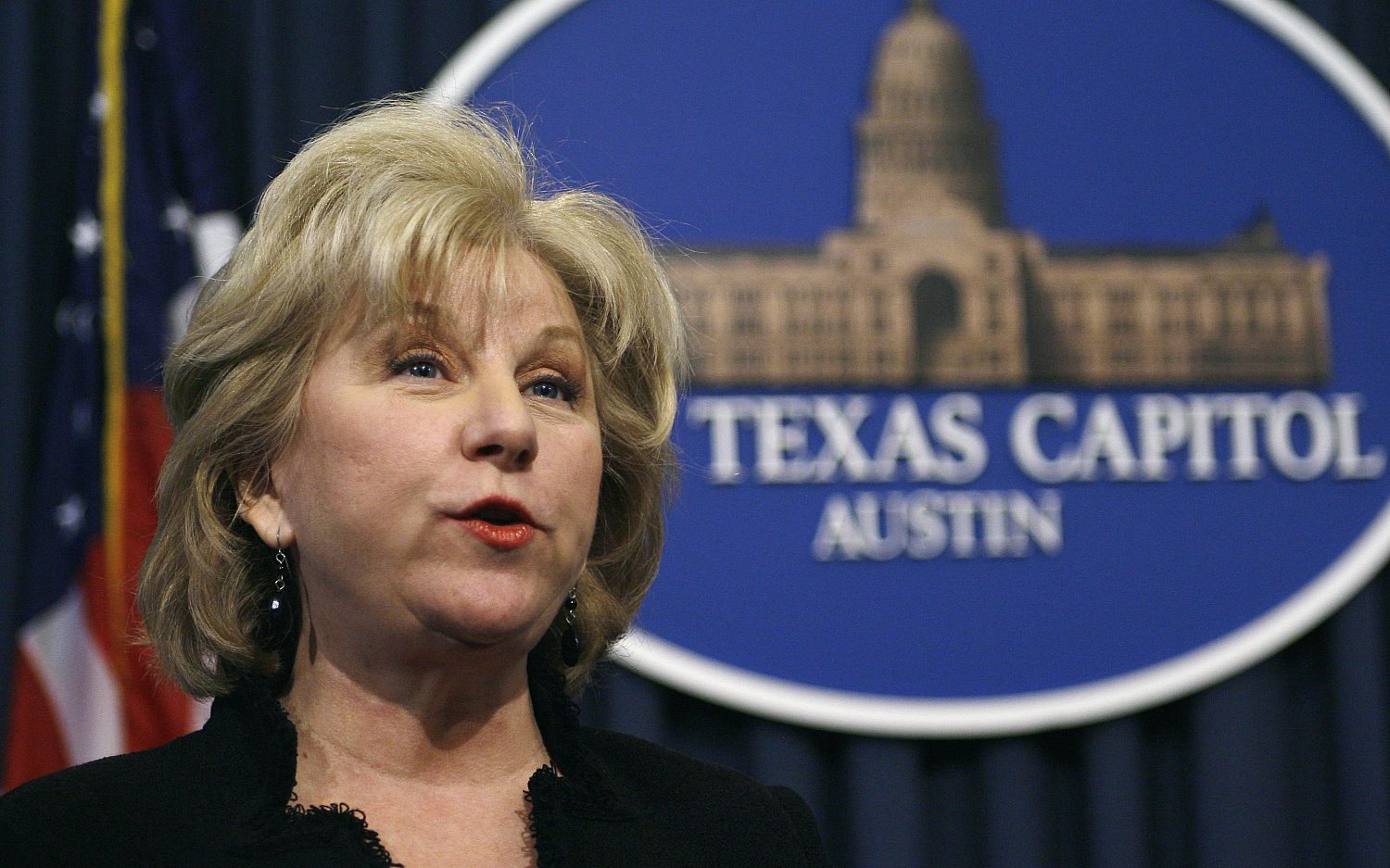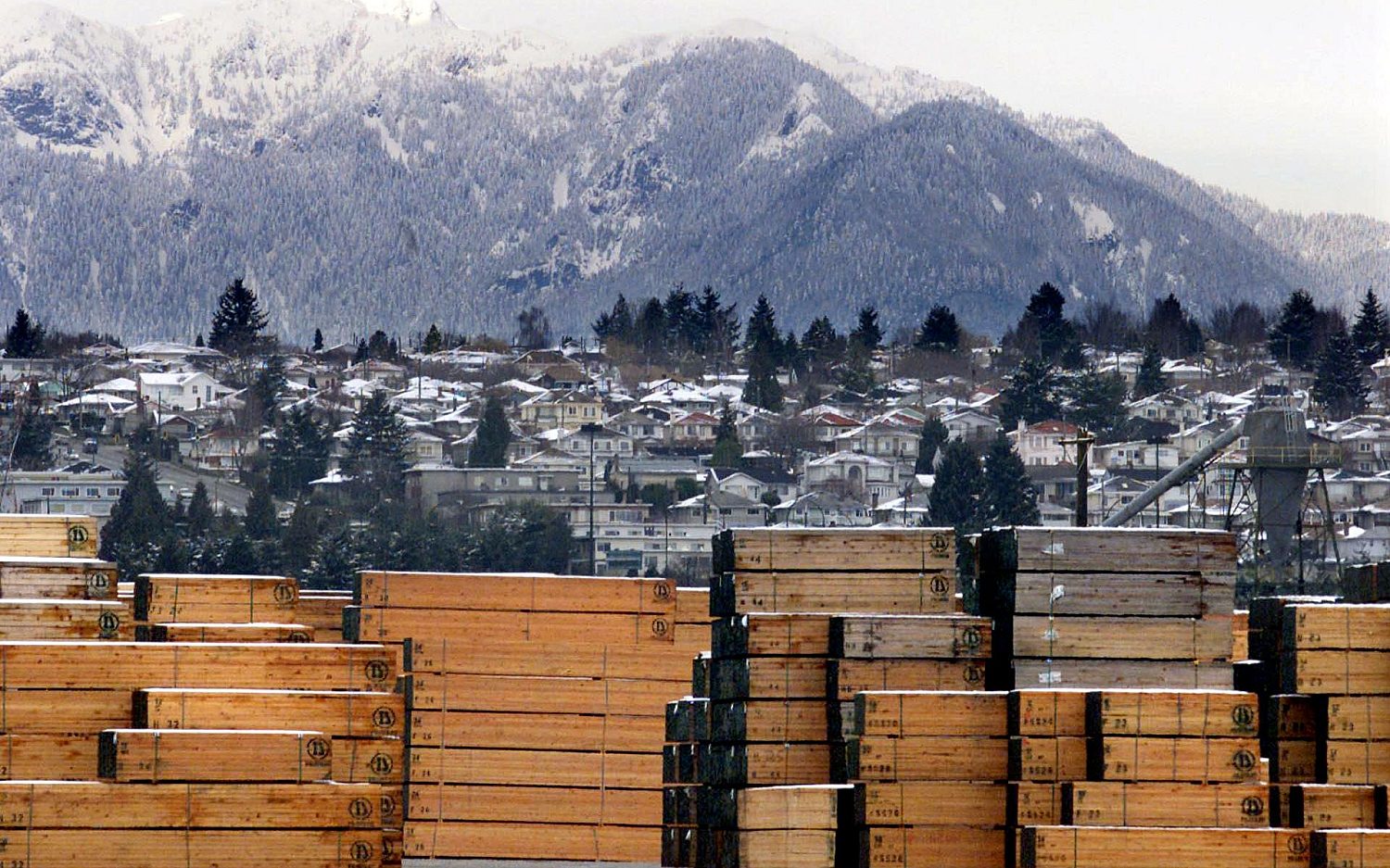Anticipating the worst
Thirteen years after the Y2K fireworks fizzled, ‘preppers’ make a comeback
John Wesley Smith has a stash of canned goods, a backyard garden of staple crops and a water filtration unit at his central Missouri home. He’s not anticipating a zombie apocalypse, but he is prepared to meet the challenges a disaster—natural or otherwise—might bring his family’s way.
Smith, a former radio broadcaster and father of two homeschool graduates, calls himself a “prepper.” He’s not an armed zealot crouched in an underground bunker or a wild-eyed doomsday prophet on the fringe. In fact, Smith claims to live “a rather normal life.” But like the Y2K alarmists before him, he doesn’t take stability and safety for granted.
Preppers—people who actively prepare for emergencies by stockpiling food, taking emergency preparedness courses and gathering disaster equipment—didn’t disappear after the Cold War or the uneventful turn of the 21st century. In recent years, the modern prepper movement has gained momentum via meet-up groups, conferences and websites.
Although prepping is still viewed with widespread skepticism, supporters argue for a new understanding of preparedness lifestyles as fully rational in today’s fragile world. Average preppers, they say, are as normal as your next-door neighbor.
According to Phil Burns, co-founder of the American Preppers Network (APN), most self-identified preppers subscribe to a philosophy nothing like the extremist fear-mongering featured in the media.
“To us in particular, preparedness is about living a self-reliant lifestyle,” Burns told The Blaze. “Preppers come together, help each other out and make sure everyone is provided for. We don’t have an isolation mentality.”
Launched in 2008, APN is a social network of volunteer contributors that provides free information on preparedness and sustainability. It educates people about acquiring the tools and skills necessary to carry them safely through any calamity, from natural disasters, terrorist attacks and economic meltdowns to more “everyday” threats like the death of the family breadwinner or an all-consuming house fire.
While no one’s taken a prepper census, a September poll for National Geographic Channel indicated that 28 percent of Americans said they knew a prepper.
Aton Edwards, author of the emergency guide Preparedness Now! and executive director of New York City’s International Preparedness Network, began prepping “officially” in the 1980s. A sustainability expert and inventor, Edwards creates specialized emergency equipment and has invented a program to design low-cost, disaster system homes that can be made from simple materials—EMT tubing, nets, and collapsible domes—in emergency situations. Edwards contends those who label all preppers as irrational are probably responding from their own fears: “Those critics know the threats exist, but they also know that they themselves are unprepared.”
For prepper Roman Zrazhevskiy, motivation for self-reliance starts with realizing “the government system is not too big to fail, and people must be their own first responders in the event that it does.”
Zrazhevskiy and his former Long Island classmate, Fabian Illanes, founded Ready to Go Survival—a website selling comprehensive, ready-to-use emergency survival systems. The two men, both in their 20s, test all their products in close consultation with EMTs, law enforcement officers and other preparedness experts.
Their survival systems include gas masks, emergency radios, and cell phone chargers. Prepping is not about surviving a zombie apocalypse, Zrazhevskiy said, nor is it merely concerned with stockpiling to survive a one-time disaster: “Prepping is not about hoarding a bunch of canned food … it’s a lifestyle of self-sustaining.”
Smith, who also runs a blog on emergency preparedness from his home in Missouri, describes prepping as an instinct: “Our ancestors had sense enough to set aside food for the winter when they canned what they grew. They knew the threat of adversities.”
Unhealthy genetically modified foods, an increasingly socialistic government, and ongoing economic decline are just a few of the threats daily undermining America, contends Smith, but their presence must be acknowledged by those willing to take action.
Still, prepping doesn’t mean panic. Would-be preppers should simply get control of family relationships and finances, says Smith, then begin storing food and clean water, creating emergency equipment bags, and planning for self defense. He believes the first step to being prepared has less to do with canned food or bottled water, and more to do with cultivating a mindset of awareness and adaptability in daily life: “The most important survival tool any of us have is what’s between our ears.”
An actual newsletter worth subscribing to instead of just a collection of links. —Adam
Sign up to receive The Sift email newsletter each weekday morning for the latest headlines from WORLD’s breaking news team.




Please wait while we load the latest comments...
Comments
Please register, subscribe, or log in to comment on this article.